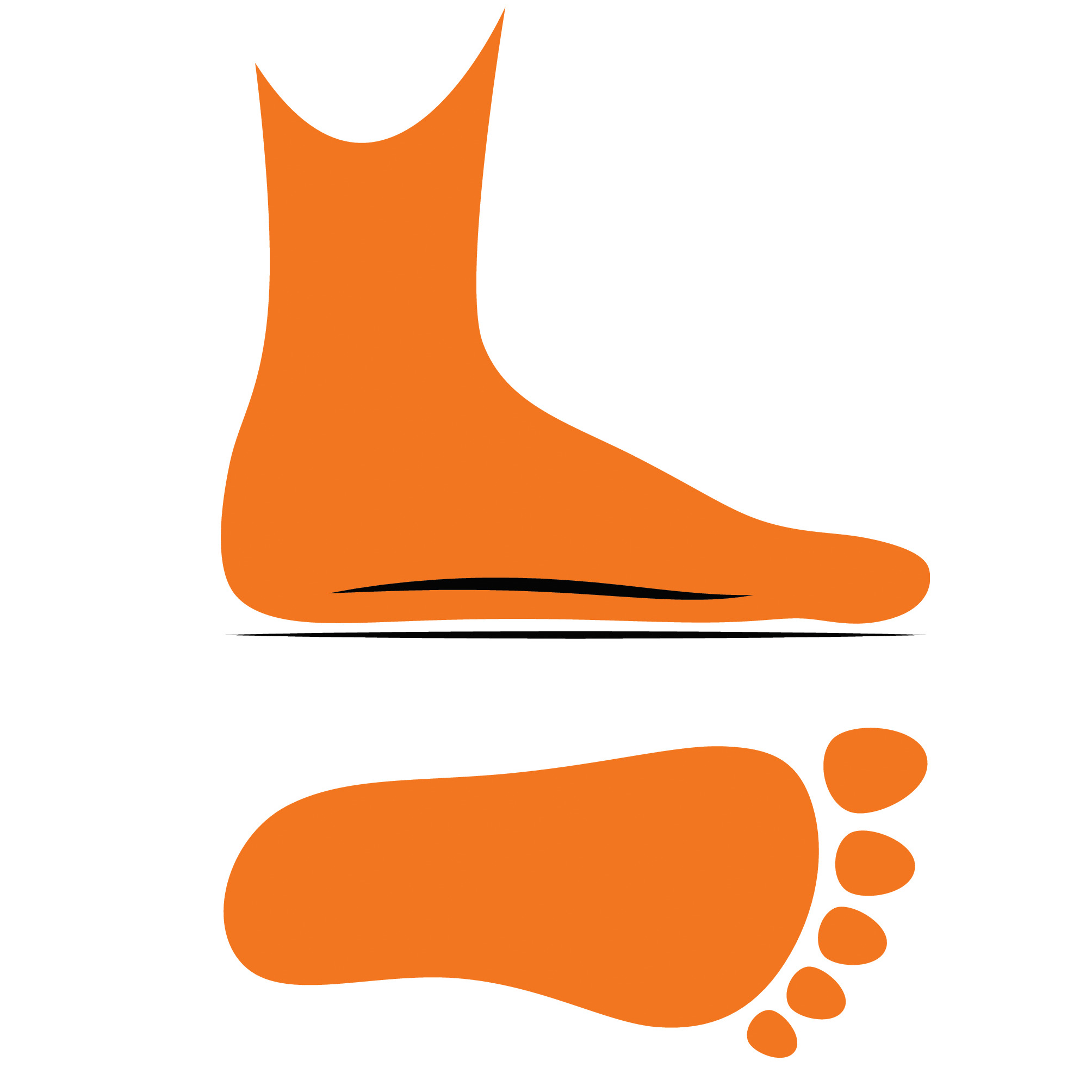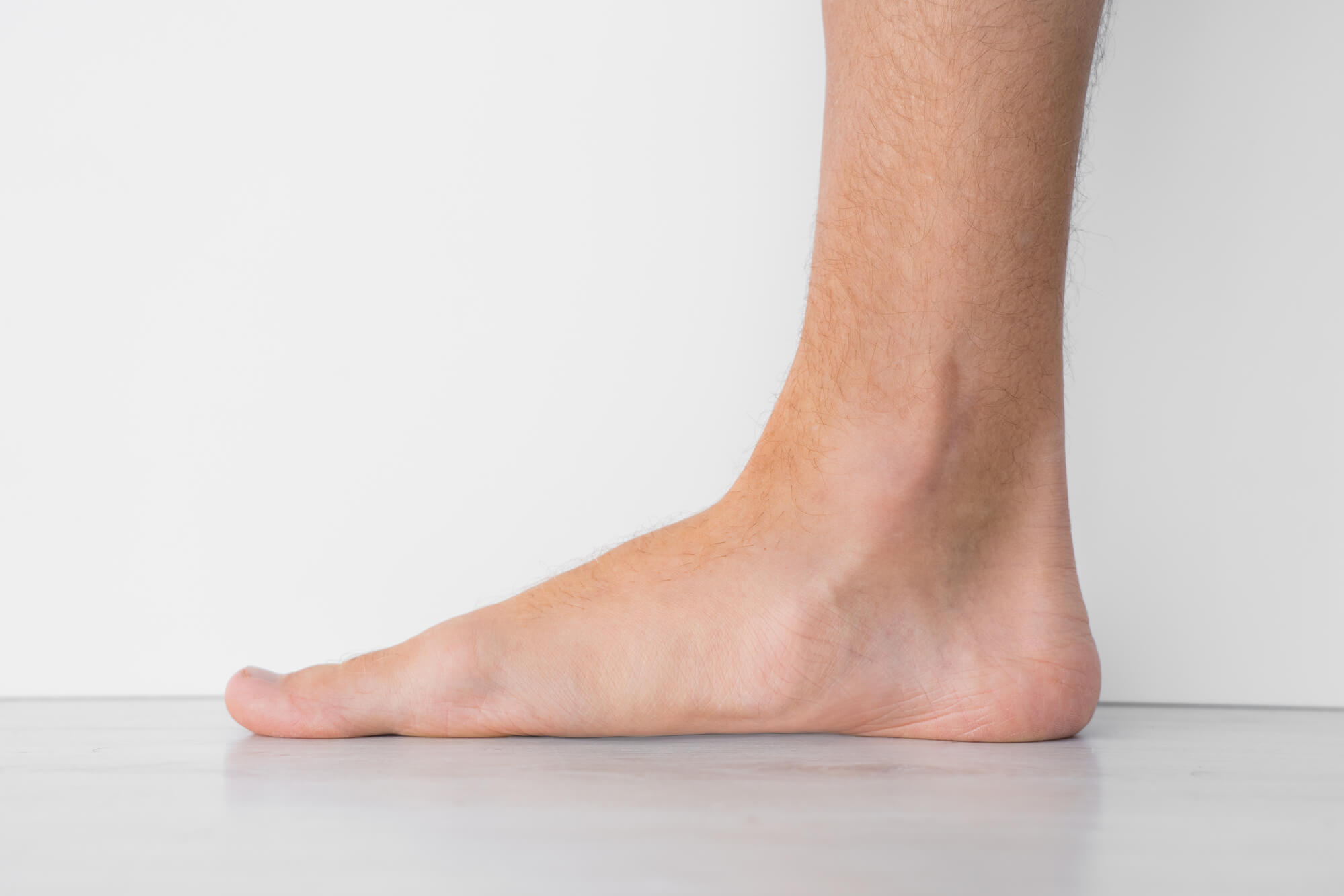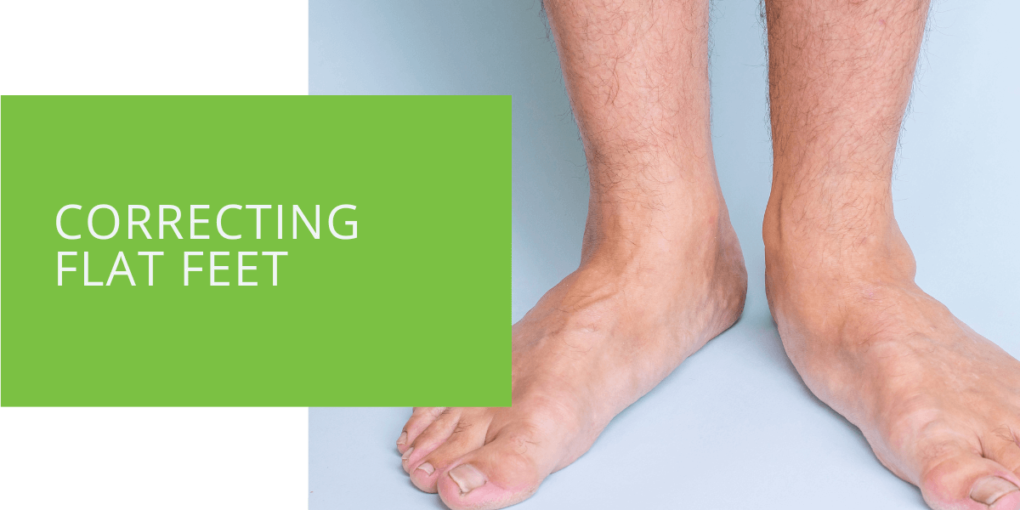Correcting Flat Feet: A Comprehensive Guide to Treatment Options
Flat feet, also known as fallen arches or pes planus, can cause a variety of symptoms, such as foot pain, difficulty standing on tiptoes, and problems with the alignment of the legs. While some people with flat feet experience no symptoms, it can be a source of discomfort and difficulty for others. If you are experiencing any of these symptoms, it is important to understand the causes of flat feet and the various treatment options available for correcting the condition. This comprehensive guide will cover the causes and symptoms of flat feet, how to diagnose the condition, and the various treatment options, both non-surgical and surgical, for correcting flat feet. We will also provide tips on preventing flat feet from occurring or recurring in the future.
What are Flat Feet?
Definition
Flat feet, also known as fallen arches, refer to a condition in which the arch of the foot collapses, causing the entire sole of the foot to come into contact with the ground. This can cause the foot to appear "flat," hence the name. Flat feet are a common condition that can occur in people of all ages.
Causes
There are several potential causes of flat feet, including:
- Genetics: Some people are born with flat feet or develop them during childhood due to the shape of their feet or the structure of their bones.
- Obesity: Being overweight or obese can place extra pressure on the feet, leading to the development of flat feet.
- Pregnancy: The weight gain and hormonal changes that occur during pregnancy can cause the arch of the foot to collapse.
- Arthritis: Certain types of arthritis, such as rheumatoid arthritis, can affect the ligaments and tendons in the feet, leading to flat feet.

Symptoms
Not all people with flat feet experience symptoms, but those who do may notice:
- Foot pain, especially in the heel or arch area
- Difficulty standing on tiptoes
- Problems with the alignment of the legs, such as knock-knees or bow legs
- Swelling on the inner side of the ankle
Diagnosing Flat Feet
If you are experiencing any of the above symptoms, it is important to see a podiatrist for a proper diagnosis. A podiatrist will physically examine your feet, looking for signs of flat feet, such as an absence of an arch or a "wet footprint" that shows a lack of definition when the foot is wet. They may also ask you to perform certain tasks or movements to assess your foot function.
In addition to a physical examination, your podiatrist may also recommend imaging tests such as x-rays or a CT scan to better look at the bones and structures in your feet. These tests can help your podiatrist determine the cause of your flat feet and recommend the most appropriate treatment.

Treatment Options for Flat Feet
There are several treatment options available for correcting flat feet. The best option for you will depend on the severity of your condition and the underlying cause.
Non-surgical Treatment
For many people with flat feet, non-surgical treatments such as orthotic insoles, stretching and strengthening exercises, and physical therapy can relieve pain and improve foot function.
Orthotic insoles are inserts that go inside your shoes and provide support to the arch of the foot. They can be custom-made by a podiatrist or purchased over the counter. Arch support inserts can help to distribute weight evenly across the foot and reduce pressure on the arch.
Stretching and strengthening exercises can also help to improve foot function and reduce pain caused by flat feet. These exercises may focus on the muscles and tendons in the feet and lower legs, such as the Achilles tendon and the posterior tibial tendon. Your podiatrist or physical therapist can recommend specific exercises for you to try.
Physical therapy can also be beneficial for people with flat feet. A physical therapist can teach you exercises to improve the strength and flexibility of the muscles and tendons in your feet and lower legs. They may also use techniques such as massage or ultrasound to help reduce inflammation and improve foot function.
In some cases, your podiatrist may recommend taking over-the-counter pain medication to help manage any discomfort associated with flat feet.

Surgical Treatment
If non-surgical treatments are not effective in correcting flat feet or if the condition is severe, your podiatrist may recommend surgery. There are several surgical options for correcting flat feet, including:
- Arthrodesis: This procedure involves fusing the bones in the foot together to create a more stable arch.
- Osteotomy: This procedure involves cutting and realigning the bones in the foot to create a more natural arch.
- Tendon transfer: In this procedure, the surgeon will transfer a tendon from one part of the foot to another to help support the arch.
Surgery for flat feet is typically done on an outpatient basis, and most people can return to their normal activities within a few weeks. However, your podiatrist's post-surgery instructions must be followed carefully to ensure a successful recovery.
Preventing Flat Feet
While it is not always possible to prevent flat feet, there are several steps you can take to reduce your risk of developing the condition or experiencing problems related to flat feet:
- Wear proper footwear: Shoes that offer good arch support and cushioning can help to distribute weight evenly across the foot and reduce pressure on the arch. Avoid high heels or shoes with no arch support.
- Maintain a healthy weight: Being overweight or obese can put extra strain on the feet, leading to flat feet. Maintaining a healthy weight can help to reduce the risk of flat feet and other foot problems.
- Incorporate stretching and strengthening exercises into your routine: Stretching and strengthening exercises can help to improve the strength and flexibility of the muscles and tendons in your feet and lower legs, helping to prevent flat feet.

Differences in Fixing Feet in Children and Fixing Feet in Adults
The main difference between fixing flat feet in children and adults is the condition's underlying cause. Flat feet in children are often due to the natural development of the feet and will often resolve on their own as the child grows, and the muscles and ligaments in the feet become stronger. In adults, flat feet can be caused by various factors such as genetics, obesity, pregnancy, or certain types of arthritis.
Treatment options for flat feet in children may include orthotic insoles, physical therapy, and, in severe cases, surgery. It is also important to ensure that children with flat feet wear properly fitting shoes with good arch support and encourage them to participate in activities that promote foot strength and flexibility.
Treatment options for flat feet in adults may include orthotic insoles, stretching and strengthening exercises, physical therapy, and surgery. In addition to these treatment options, adults with flat feet need to wear proper footwear and maintain a healthy weight to help prevent the condition or reduce the risk of further problems.
The main difference between fixing flat feet in children and adults is the underlying cause and the appropriate treatment options. It is important to see a podiatrist for a proper diagnosis and recommendations for treatment, regardless of age.
Conclusion
Flat feet can cause a variety of symptoms, including foot pain and problems with the alignment of the legs. If you are experiencing these symptoms, it is important to see a podiatrist for a proper diagnosis. Several treatment options are available for correcting flat feet, including non-surgical treatments such as orthotic insoles and physical therapy, as well as surgical options like arthrodesis and tendon transfer. By following the recommendations of your podiatrist and taking steps to prevent flat feet, you can improve your foot health and reduce your risk of experiencing problems related to flat feet.

